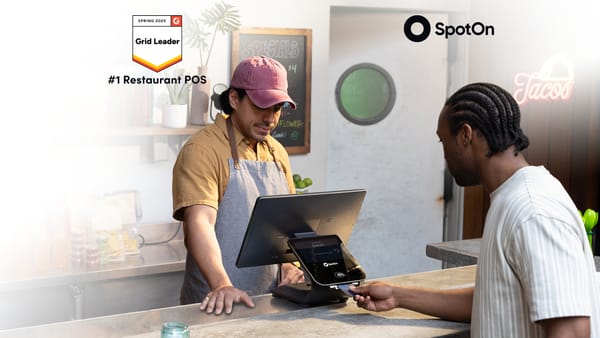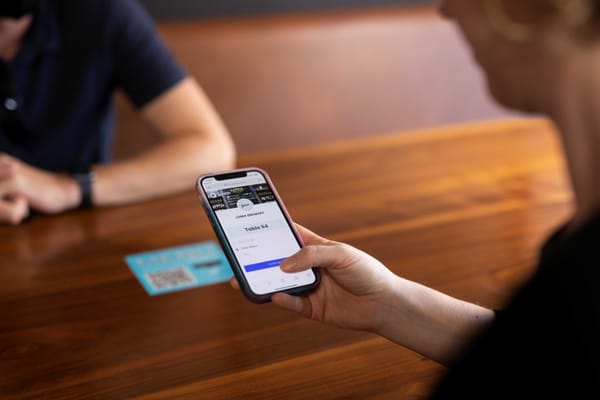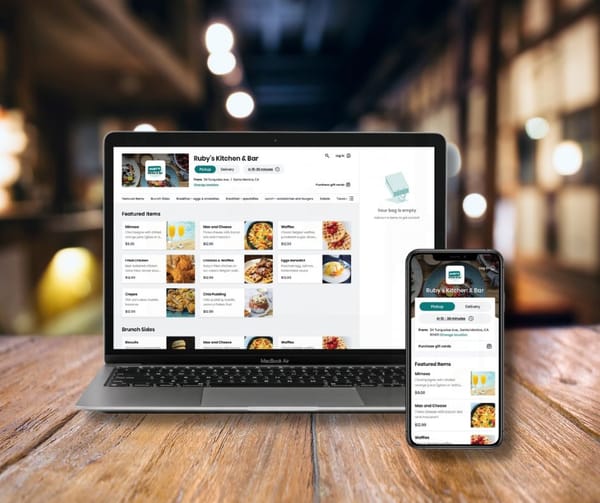If you're trying to tap into your diners' thoughts, asking "How was everything?" at the end of a meal isn't enough. Guests now head to straight to social media and review sites to share their thoughts — good and bad.
Reviews provide a critical line of sight into how guests view your business and highlight any glaring flaws. Managing your restaurant's online reputation is just as important as serving delicious dishes. Luckily, using an online review management program makes it easy.
Getting your digital house in order
The first experience diners will have with your brand is likely on the internet — on your website, social media, or on a review site. Prioritizing your digital presence is critical. You can manage these communications through an online reputation management solution that puts your reviews into one central location.
From there, managing your online reviews effectively comes down to three best practices.
1. Encourage positive reviews
The power of positive reviews can't be overstated. Ninety-two percent of consumers say that they're more likely to purchase a product or service if they've read a trusted review about it, G2 reports.
The best way to get positive reviews? Ask. The Local Consumer Review Survey found that 72% of reviewers who wrote a review did so simply because someone asked them to.
By providing seamless opportunities for guests to leave reviews on your website or a site like Yelp, Google, or Facebook, you're giving your them an easy way to share their enthusiasm for your food and service. If soliciting positive feedback seems like a tall order, modern online reputation management tools make it easy to prompt your best customers to leave positive reviews.
Some online review management tools offer centralized dashboards that monitor review platforms such as Yelp and TripAdvisor. Some can also actively solicit reviews and feedback from customers through automated email messaging.
Some other ways to get reviews from your guests are to:
- Ask your customers for a review when they call in or pick up orders.
- Provide a link or QR code on receipts and display it in-house for easy access.
- Reward customers for sharing their experiences through your customer loyalty program.
- Encourage reviews through email marketing or social media with a direct link.
2. Don't ignore negative reviews
Getting negative customer reviews is an unfortunate reality of running a business. On average, Womply reports, 19% of the reviews a small business receives are negative.
And customers trust negative reviews - sometimes more than the good ones. Seventy-two percent of consumers say that negative reviews provide depth and insight about products and services, G2 reports, and nearly 40% say that negative reviews build credibility.
Responding to negative reviews is essential to gaining customer loyalty and trust. The right response could turn a reviewer's poor experience into a positive outcome. You'll want to identify which negative reviews you can handle online and which to address offline. In either case, you'll want to:
- See the review as an opportunity to improve.
- Apologize to the reviewer and thank them for their feedback.
- Avoid being defensive or making excuses.
- Take the conversation offline to dig in and avoid a scene.
Negative reviews can also help you highlight trends. Are there particular times of day that seem problematic? Are certain menu items disappointing when they show up for delivery? Are there systemic issues with employees or operations? Seeing these insights together on one platform makes it easy to identify and prioritize the improvements that can deliver better experiences — and help you win back guests.
3. Respond quickly
No matter the reviews you're receiving, it's important to respond to them quickly. Quick responses are key to fostering a rapport with your community — and they could help bring new diners through your doors.
Customers don't just read your online reviews; they read your responses, too. Every review, good and bad, is an opportunity to showcase your brand and let customers know you care about their experience. Try to respond to reviews within 48 hours, and personalize your responses to show that you're listening to what your customers are saying.
This is where an online review management tool can come through in the clutch: It gathers all your reviews in one place and notifies you when new ones pop up, so you can act fast.
Online review management is even more important with the speed of digital word-of-mouth. Keeping a finger on the pulse of restaurant reviews and audience interaction ensures that you'll create a lasting positive impression.












